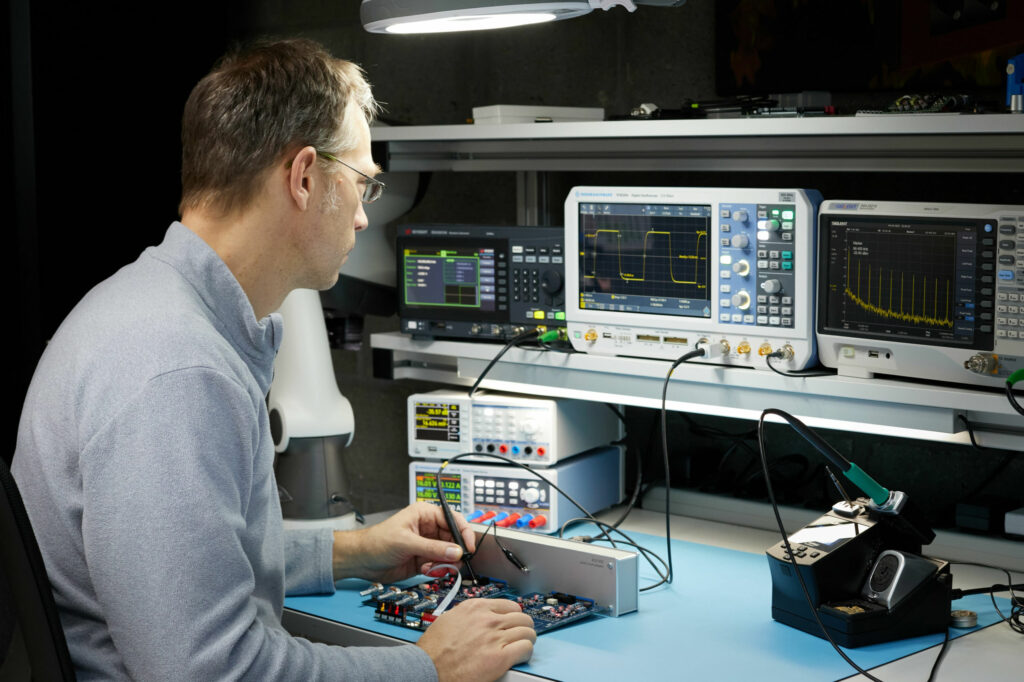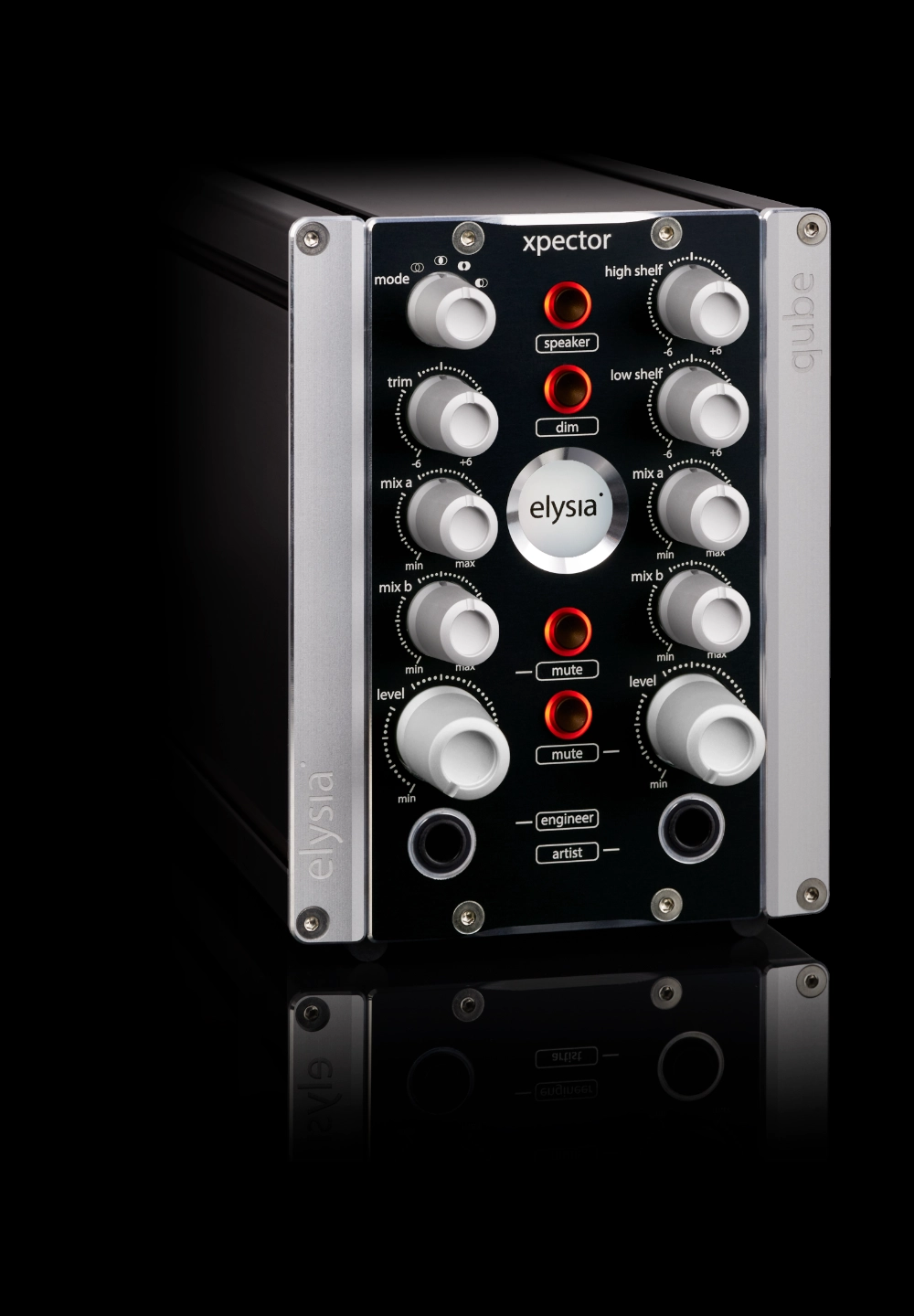
At elysia, we are always striving to develop and improve the user experience. This drive has resulted in a completely new device category that will shape the future of our products. The first product in this series will be the channex|studio, a class-A recall channel strip. It is one of the milestones in the development history of Ruben Tilgner, our CEO.
However, we are taking it one step further and announce the xpector, a class-A headphone amplifier with artist and engineer features for everyone who wants to make and enjoy music.
And now without further ado: Our product announcements, presented at the NAMM Show 2024.
Class-A recall channel strip for sessions, recoding and mixing
Our mission is to ensure that you get the best possible audio material for your recording. If the quality of the recording is already high during the process, mixing will be faster and easier for you. With the channex|studio you get a “mix-ready” audio signal as a starting point for your project. With this in mind, we’ve developed the ultimate recording front-end. The channex|studio features a high-end preamp, a dynamic equalizer, an easy-to-use compressor and a zero-latency monitor section, all in one device for your studio. Add color to your processing with the flavor option and choose and mix up to five different coloring options. Everything about the sound of channex|studio is truly analog. Coupled with full recall capability both on the hardware unit and via the plugin in your DAW session, this is the future of elysia hardware products.

Good monitoring during mixing is important for evaluating the audio mix. It is just as important for artists to hear themselves perfectly when recording in order to deliver their best performance. With the xpector, we have solved both challenges for the artist and the producer. In addition to the high-end class-A headphone amplifier with a mix function from two stereo sources, the xpector also offers special features for the producer, such as various monitoring modes and speaker outputs for use in the studio. But the artist doesn’t miss out either and can use the sound control to adjust his headphones with a high and low shelf equalizer to hear every detail of the performance. With the loop outputs of the two stereo mix inputs, multiple xpector can be combined to enable a session with several musicians. All in the ultraportable qube chassis to take it everywhere you need it.
Copyright @ 2024 elysia GmbH. All rights reserved. Am Panneschopp 18 | 41334 Nettetal | business hours from monday until friday from 9:00 to 17:00h (CET)
We need your consent before you can continue on our website. If you are under 16 and wish to give consent to optional services, you must ask your legal guardians for permission. We use cookies and other technologies on our website. Some of them are essential, while others help us to improve this website and your experience. Personal data may be processed (e.g. IP addresses), for example for personalized ads and content or ad and content measurement. You can find more information about the use of your data in our privacy policy. You can revoke or adjust your selection at any time under Settings.
If you are under 16 and wish to give consent to optional services, you must ask your legal guardians for permission. We use cookies and other technologies on our website. Some of them are essential, while others help us to improve this website and your experience. Personal data may be processed (e.g. IP addresses), for example for personalized ads and content or ad and content measurement. You can find more information about the use of your data in our privacy policy. Here you will find an overview of all cookies used. You can give your consent to whole categories or display further information and select certain cookies.